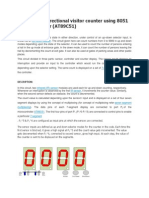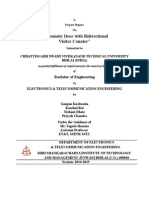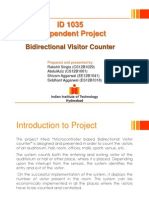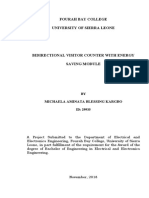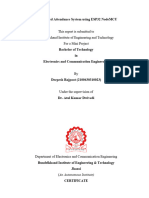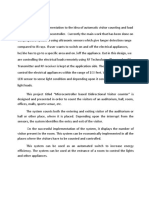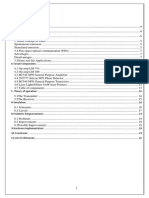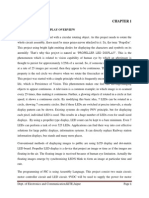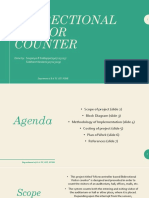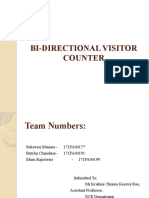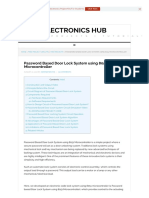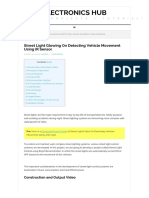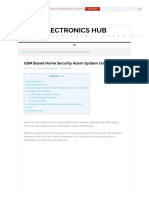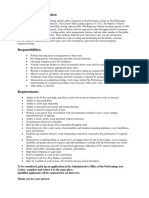50% found this document useful (2 votes)
3K views22 pagesBidirectional Visitor Counter Using 8051 Microcontroller
Bidirectional Visitor Counter Using 8051 Microcontroller
Uploaded by
Kaos Polos NakiraCopyright
© © All Rights Reserved
We take content rights seriously. If you suspect this is your content, claim it here.
Available Formats
Download as PDF, TXT or read online on Scribd
50% found this document useful (2 votes)
3K views22 pagesBidirectional Visitor Counter Using 8051 Microcontroller
Bidirectional Visitor Counter Using 8051 Microcontroller
Uploaded by
Kaos Polos NakiraCopyright
© © All Rights Reserved
We take content rights seriously. If you suspect this is your content, claim it here.
Available Formats
Download as PDF, TXT or read online on Scribd
/ 22

